
Everything You Need to Know About Non-Custodial Wallets in Web3 and Multi-Chain Finance
Author

Author
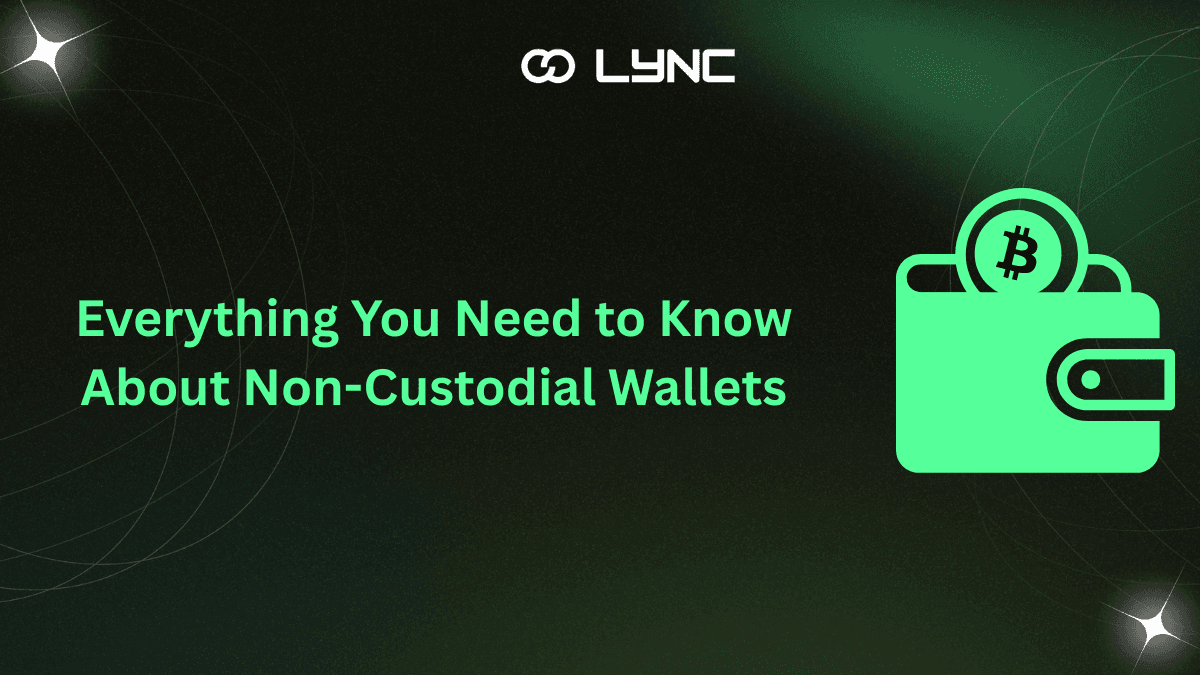
Web3 is all about putting control back in your hands and non-custodial wallets are a great place to start. These special wallets give you full control over your digital assets, without relying on banks, exchanges, or middlemen. If you’ve heard terms like multi-chain or smart wallets and felt overwhelmed, don’t worry you’re not alone. In this article, we will break down what non-custodial wallets are and why they’re such a big deal in Web3.
We will also look at how they work across multiple blockchains, and how platforms like LYNC are making it easier than ever to get started.
A non-custodial wallet is a digital wallet that gives you full control over your private keys and funds. Custodial wallets (like those offered by Binance or Coinbase) let someone else manage your crypto keys. With a non-custodial wallet, you hold the keys yourself, giving you full control over your money. If this sounds empowering, that’s because it is. But it also comes with a lot of responsibility.
Think of a custodial wallet like storing your gold in a bank vault. Sure, it’s protected, but you’re not the one holding the key. If the bank locks up, freezes your account, or worse, collapses, you’re at their mercy.
Non-custodial wallets, by contrast, hand you the vault key. No KYC. No intermediaries. Just you, your seed phrase, and the blockchain.
Web3 is built around principles of decentralization, transparency, and self-custody. It aims to replace centralized platforms, giving users more control over their data, identity, and finances. Non-custodial wallets align perfectly with these goals. You don’t need permission to transact. You don’t need to trust a third party. You just need to control your private keys.
A recent industry analysis found that 66.5 % of crypto holders prefer non‑custodial wallets, primarily because they believe managing their own private keys significantly reduces the risk of centralized hacks
No middleman, no honeypot for hackers. And as the Web3 ecosystem expands across multiple blockchains, non-custodial wallets that support multi-chain finance are becoming even more essential.
Multi-chain finance means using multiple blockchains at the same time to manage your crypto assets. Instead of sticking to just one blockchain, you can move your funds and interact with apps across different networks like Ethereum, Solana, or Polygon.
This approach gives you more options, better speed, and often lower fees. Think of it like having access to several banks at once, so you can choose the best one for what you want to do.
But here’s the catch: Most wallets and dApps were designed for single-chain use. Jumping between chains often meant using separate wallets, bridges, and platforms.
So how do you manage assets across all these networks seamlessly? With the use of Multi-Chain smart wallets
Multi-chain smart wallets are the next step in wallet technology, making crypto management simpler across different blockchains:
For example, let’s say you’re yield farming on Arbitrum, holding NFTs on Ethereum, and trading meme coins on Solana. A multi-chain wallet would let you view, manage, and interact with all your assets from a single dashboard. No more switching tabs, copying addresses, or praying your wrapped tokens land where they should.
At LYNC, we’re dedicated to making Web3 and AI accessible to billions of mobile users worldwide while ensuring that control remains firmly in your hands. Our non-custodial wallets empower you to securely own and manage your crypto assets across multiple blockchains, giving you true financial sovereignty.
Our no-code platform is designed to empower developers by simplifying the creation of smart contracts, AI-powered agents, and cross-chain decentralized applications (dApps). This means building powerful Web3 products becomes faster, more affordable, and doesn’t require deep technical knowledge or complex coding.
For everyday users, LYNC offers:
Not quite. While non-custodial wallets give you full control over your assets, they do come with some challenges:
If you lose your seed phrase, you lose your funds: The seed phrase is a series of words that acts as a master key to your wallet. If you misplace or forget it, there’s no way to recover your funds because no one else holds a copy. Not always beginner-friendly: Managing private keys and understanding wallet security can be intimidating for new users. Without proper guidance, it’s easy to make mistakes or feel overwhelmed.
Some wallets have clunky user interfaces: Especially older or legacy wallets may have complicated layouts that make navigation and transactions confusing, adding to the learning curve.
Despite these hurdles, modern platforms like LYNC are working to make non-custodial wallets more accessible, secure, and easy to use for everyone.
The goal is not just to educate users, but to remove the overly-technical details, so that everyone can participate in Web3 without needing a cryptography degree.
Non-custodial wallets are more than just tools, they’re gateways to digital independence. In the age of Web3, where control, privacy, and autonomy matter more than ever, taking custody of your assets is a powerful act. When combined with the flexibility of multi-chain smart wallets and platforms like LYNC that streamline the experience, the future of decentralized finance looks more inclusive than ever.
And with the right wallet and the right platform, you can have both power and simplicity in one place.
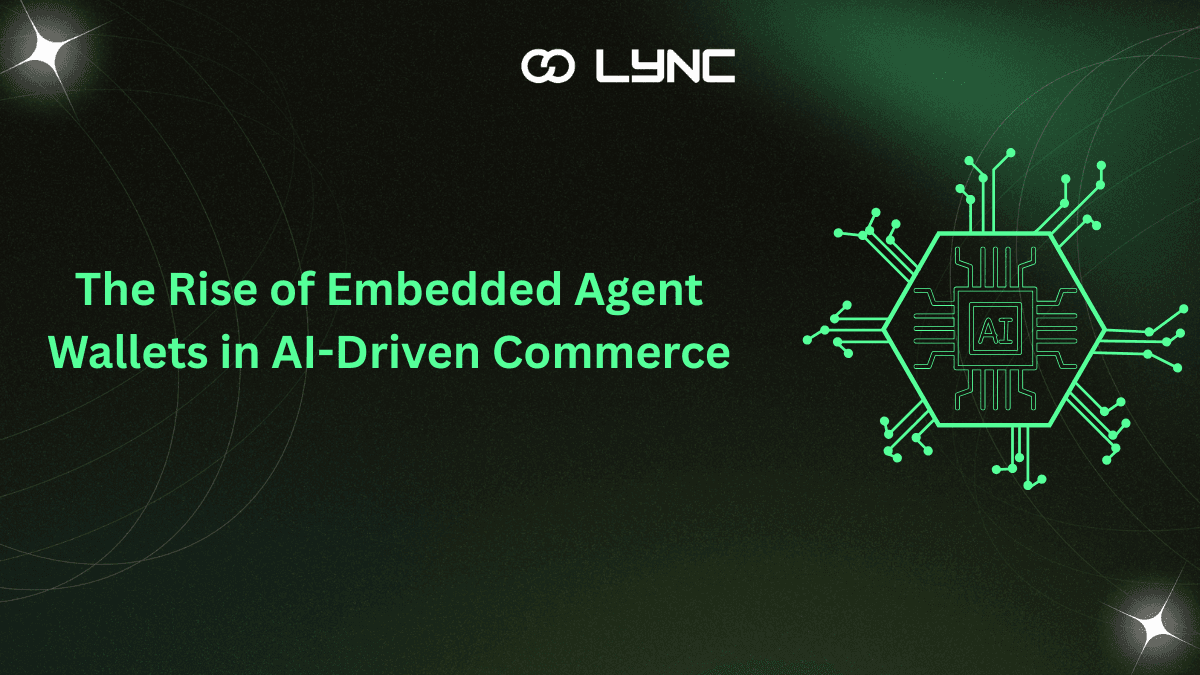
July 29, 2025
Imagine shopping online without logging in, scanning a QR code, or worrying about payments. You click “buy,” and an intelligent, invisible AI handles everything seamlessly, processing the transaction and storing your receipt. That’s the promise of Embedded Agent Wallets. These...
Author
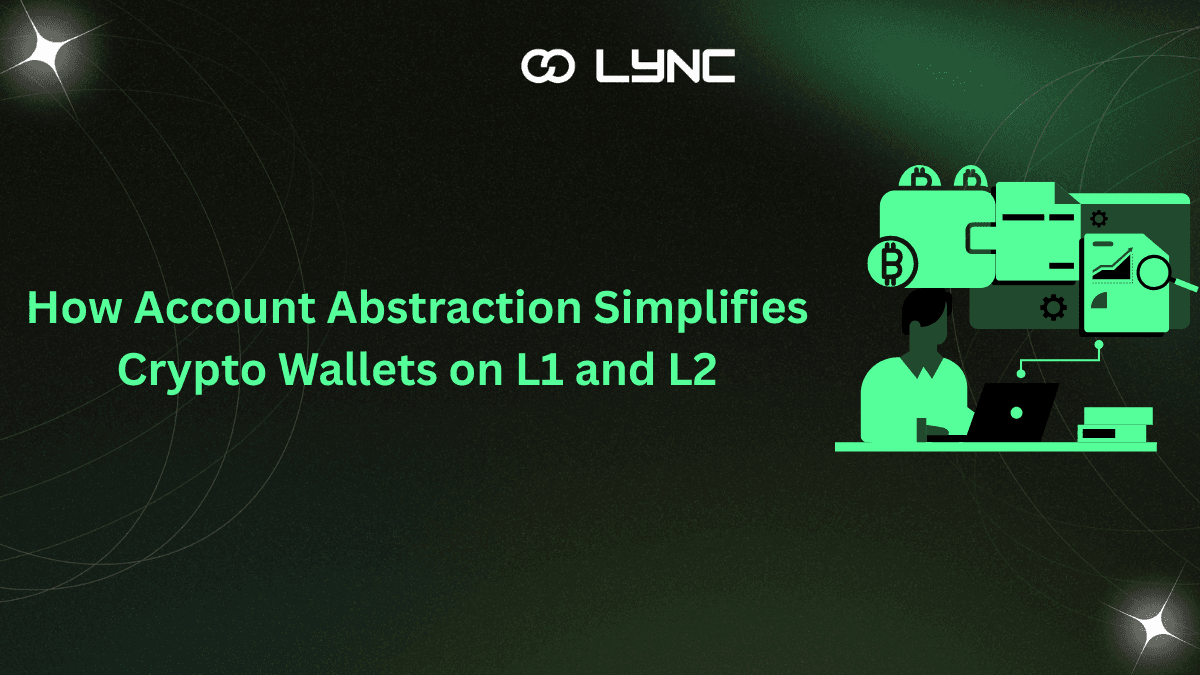
July 28, 2025
Crypto wallets have long felt like those remote controls with 50 buttons, but you only know what five of them do. While the tech-savvy might enjoy the complexity, most everyday users just want to send, receive, and store crypto without...
Author

July 25, 2025
Web3 is all about putting control back in your hands and non-custodial wallets are a great place to start. These special wallets give you full control over your digital assets, without relying on banks, exchanges, or middlemen. If you’ve heard...
Author

July 24, 2025
As Web3 continues to evolve, blockchain networks like Aptos are gaining momentum for their speed, scalability, and developer-friendly design. Yet one major hurdle still stands in the way of mass adoption: gas fees. Whether you’re minting an NFT, sending tokens...
Author
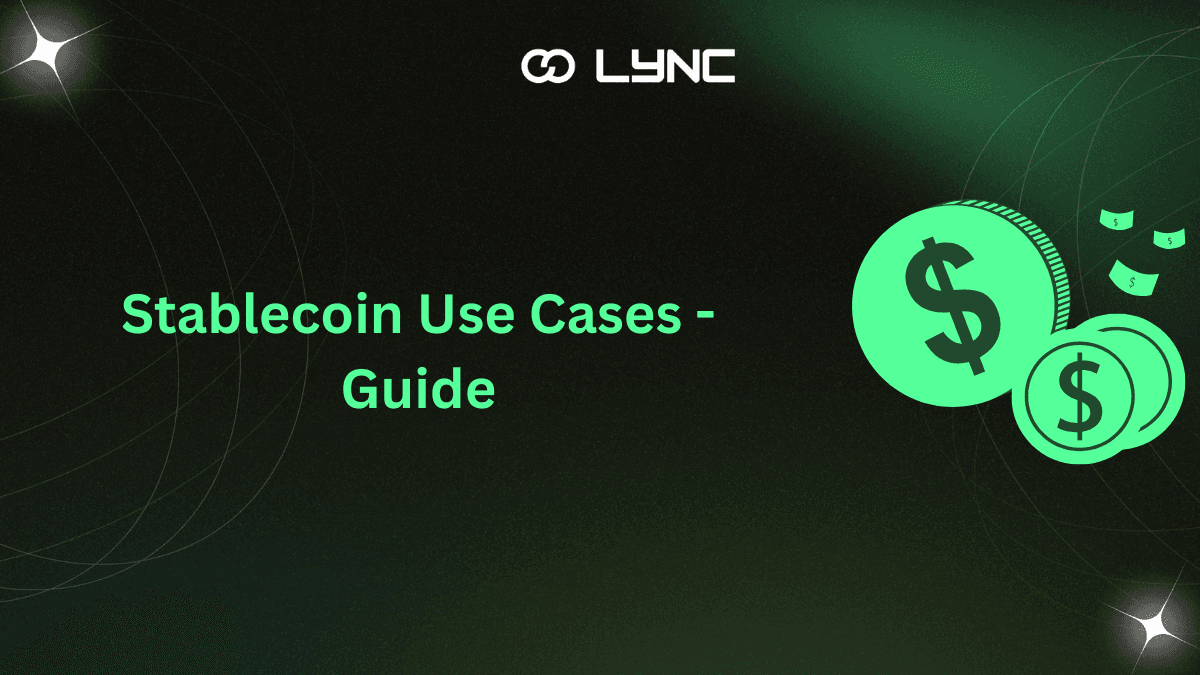
July 23, 2025
Sending money across borders isn’t as simple as it sounds. Your local bank can’t just send funds directly to someone in Korea. It has to go through a chain of other banks, called correspondent banks, to get there. Each bank...
Author
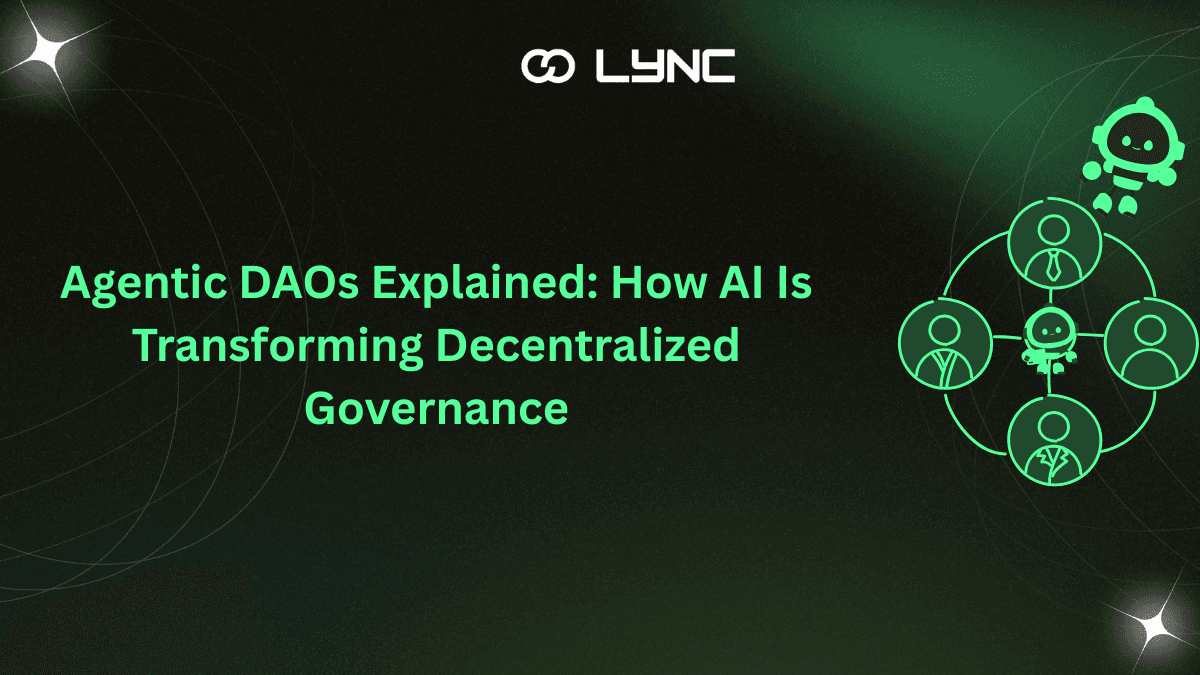
July 22, 2025
Web3 is changing fast, and one of the most fascinating new developments is the rise of Agentic DAOs. These are decentralized organizations where AI agents help run the show. Unlike traditional DAOs, where decisions rely solely on the votes of...
Author
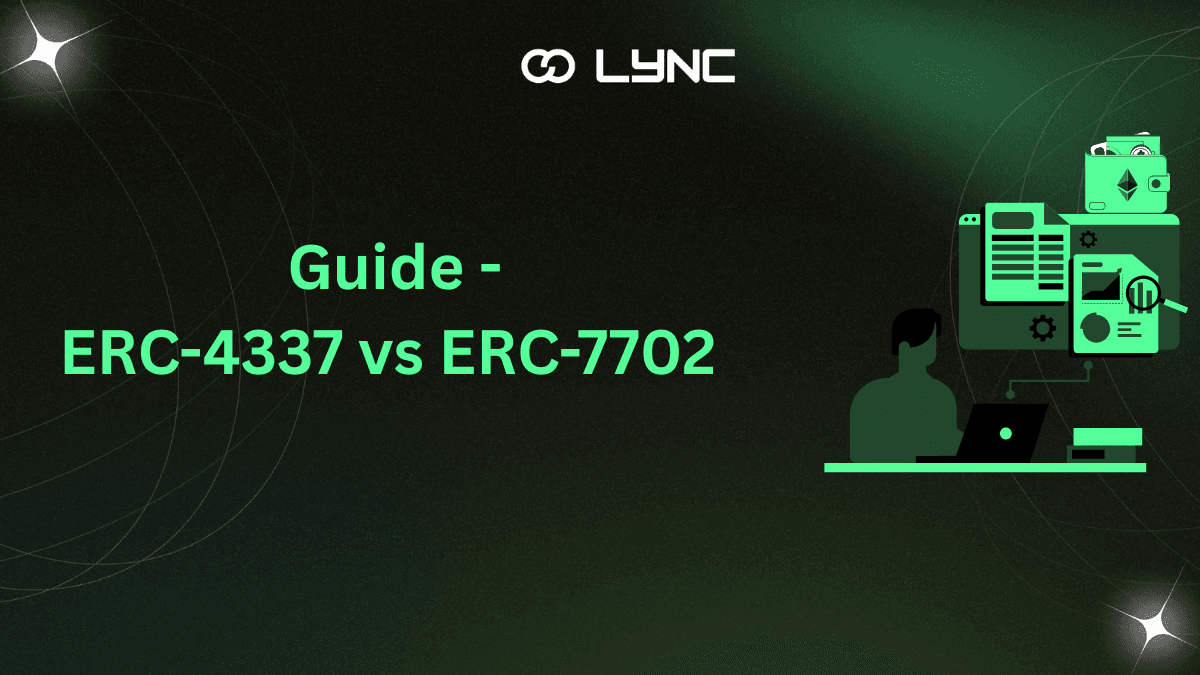
July 21, 2025
Ethereum is evolving fast, and two important updates leading the way are ERC-4337 and ERC-7702. These new standards are changing how wallets work, making them smarter, more secure, and easier to use. ERC-4337 is already live, powering smart wallets with...
Author

July 18, 2025
If you have ever used a crypto wallet before, you might have an idea of how tricky it could be, particularly if you are still not used to the cryptospace. But there’s some good news. There’s a new Ethereum standard...
Author
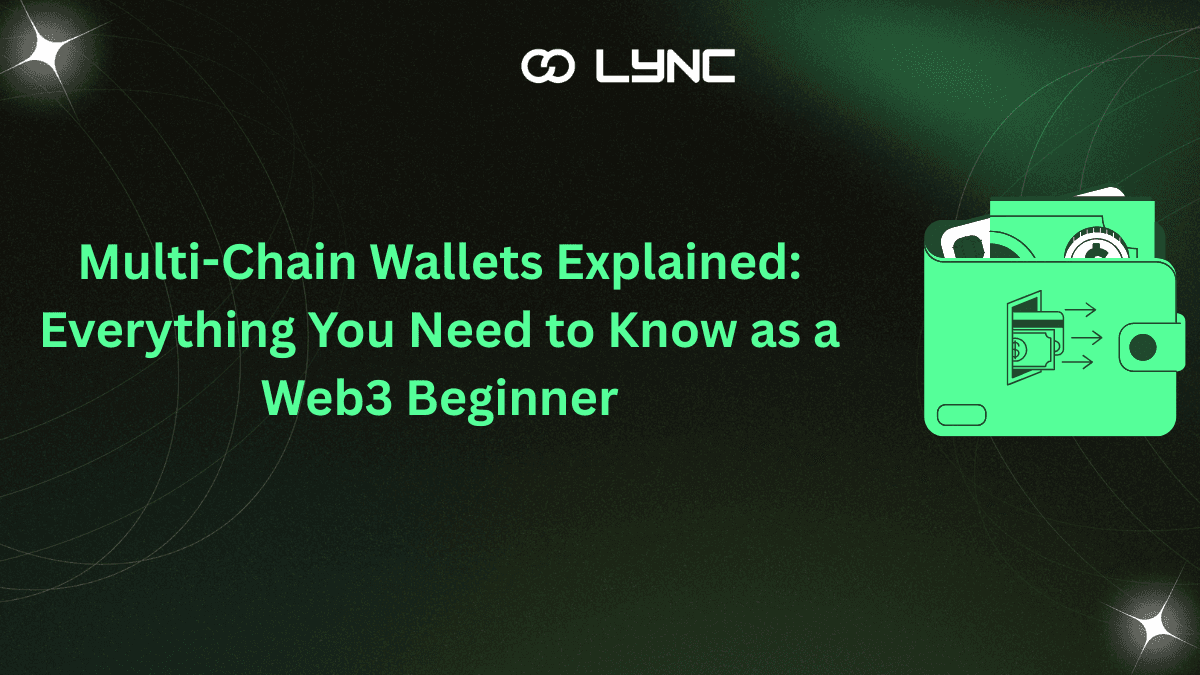
July 17, 2025
If you’re stepping into the world of crypto, there’s a good chance you’ve come across more than just Bitcoin and Ethereum. From Polygon to Solana, Avalanche to zkSync, the blockchain universe is expanding at lightspeed. With it, a simple question...
Author
Unlock special content and connect with others.
Join our community today!




